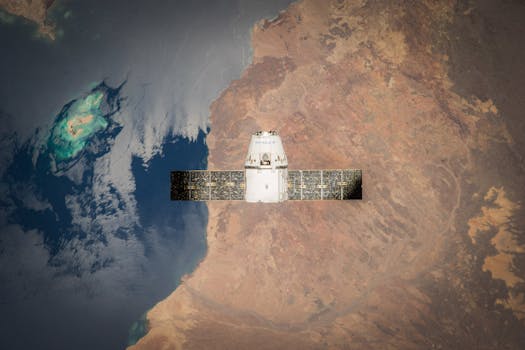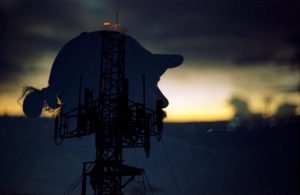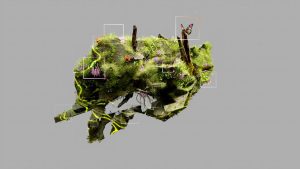High-Tech Horizons: The Evolution of Earth-Orbiting Technologies for Observation

High-Tech Horizons: The Evolution of Earth-Orbiting Technologies for Observation
High-Tech Horizons: The Evolution of Earth-Orbiting Technologies for Observation has been a game-changer in the field of space exploration and observation. The ability to launch satellites and other spacecraft into earth orbit has enabled us to study our planet in unprecedented detail, from the movement of tectonic plates to the growth of cities. In this article, we will explore the evolution of earth-orbiting technologies and their applications in various fields.
Early Beginnings: The First Earth-Orbiting Satellites
The first earth-orbiting satellite, Sputnik 1, was launched by the Soviet Union in 1957. This small, beach-ball-sized satellite marked the beginning of the space age and paved the way for the development of more advanced earth-orbiting technologies. The United States soon followed with the launch of Explorer 1 in 1958, which discovered the Van Allen radiation belt and opened up new avenues for space research.
Advances in Satellite Imaging and Remote Sensing
The 1960s and 1970s saw significant advances in satellite imaging and remote sensing technologies. The launch of the first commercial satellite, Intelsat 1, in 1965 marked the beginning of a new era in telecommunications. The Landsat program, launched in 1972, provided high-resolution images of the earth’s surface, enabling scientists to study deforestation, urbanization, and climate change. The development of synthetic aperture radar (SAR) technology in the 1980s further enhanced the capabilities of satellite imaging, allowing for high-resolution images to be taken regardless of weather conditions or time of day.
Modern Applications: From Environmental Monitoring to Commercial Uses
Today, earth-orbiting technologies have a wide range of applications, from environmental monitoring to commercial uses. Satellite imaging is used to track climate change, monitor ocean health, and predict natural disasters such as hurricanes and wildfires. The use of satellite-based navigation systems, such as GPS, has revolutionized the way we travel and conduct business. The development of small satellites, known as CubeSats, has democratized access to space, enabling universities, startups, and other organizations to launch their own satellites and conduct research.
Conclusion
In conclusion, the evolution of earth-orbiting technologies has opened up new horizons for scientific research, environmental monitoring, and commercial applications. From the early beginnings of Sputnik 1 to the modern applications of satellite imaging and remote sensing, these technologies have transformed the way we understand and interact with our planet. As we look to the future, it is clear that earth-orbiting technologies will continue to play a vital role in shaping our world and addressing the challenges that lie ahead.



